1. Tahini
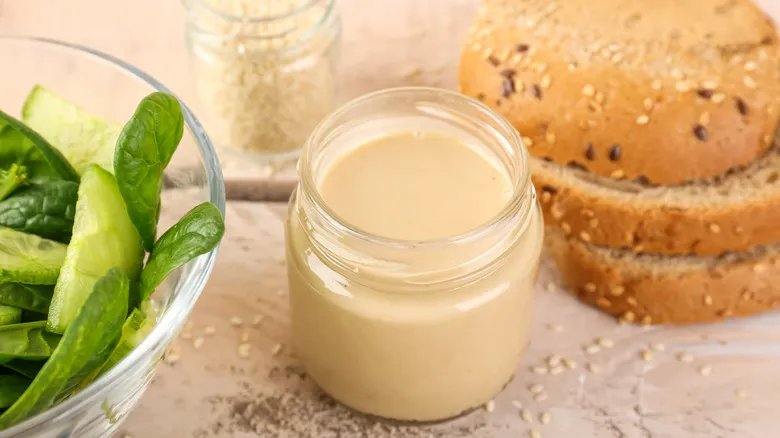
The list begins with a beloved staple in our home: tahini. You might not expect something made from simply ground sesame seeds to be so flavorful and adaptable, but it truly is. In addition to being an essential flavor component in hummus and a key ingredient in tahini sauce, it works wonderfully in salad dressings and even in brownies or cookies.
Due to their similar names and roles in Middle Eastern and Mediterranean cuisine, tzatziki and tahini are often mistaken for one another. However, they are quite distinct. Tzatziki (try saying that five times quickly) is a yogurt-based sauce that includes yogurt, lemon juice, olive oil, garlic, shredded cucumber, salt, dill, and sometimes mint.
Tahini, in contrast, is a paste made from ground sesame seeds and is typically sold in its pure form, without any added oils, salts, herbs, or seasonings, often found near nut butters. Tahini sauce, however, is a prepared condiment that resembles tzatziki more closely, as most recipes (like the one I grew up with) involve mixing in lemon juice, water, herbs, and salt. There are numerous recipes available online, and it pairs wonderfully with falafel or kebabs. The great news is that tahini has a long shelf life. It can be stored in the cupboard for several months, and it lasts even longer if kept in the fridge or freezer.
2. Halloumi
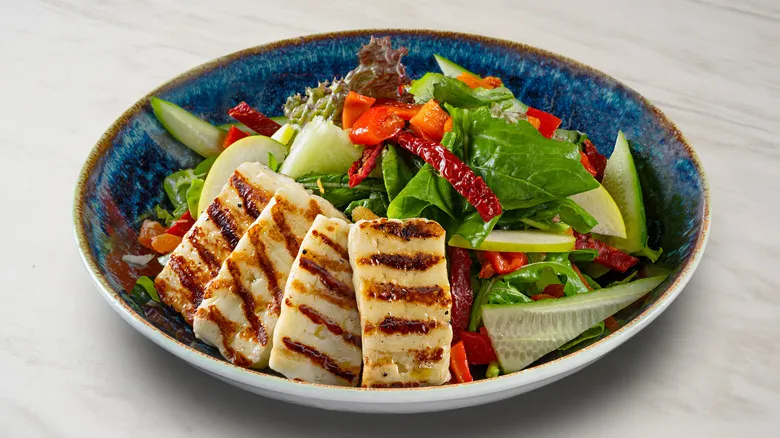
I can't emphasize enough how much I adore halloumi. If you've ever tasted bread cheese, you have a good idea of what to expect: a super firm and chewy, heavily salted white cheese that has a curd-like texture. It’s fantastic on its own when simply pan-fried, and like paneer, it pairs wonderfully with both sweet and savory dishes.
One simple way to prepare halloumi is to fry it gently until it forms a golden crust, then drizzle it with honey and sprinkle sesame seeds on top, optionally adding a hint of Aleppo pepper. You can also enhance a vegetable medley of corn and tomatoes with basil and lime, making it an ideal summer dish. Regardless of how you prepare it, it’s always delicious.
3. Shawarma seasoning
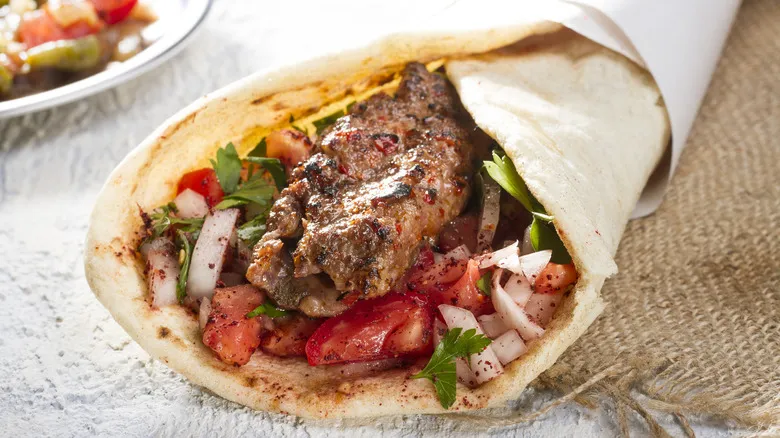
When we think of shawarma, we often picture a delicious dish of meat wrapped in bread, accompanied by vegetables and sauce. However, the term actually describes the rotisserie cooking method used to prepare the meat before it is sliced and served by street vendors or chefs. If you've traveled to the Mediterranean or the Middle East, you've probably encountered those impressive, upright, spinning spits of layered meat, which emit an irresistible aroma.
Fortunately, there are alternative ways to create shawarma for those of us without a rotisserie grill (sadly). The key starts with using the right spices. You can either purchase pre-made shawarma seasoning or gather the individual spices from a Middle Eastern market. A typical blend includes cinnamon, cardamom, coriander, turmeric, ginger, paprika, and cumin. (By the way, if cumin isn't a regular part of your cooking, you're really missing out. Be sure to pick some up while you're there!)
4. Mekupelet
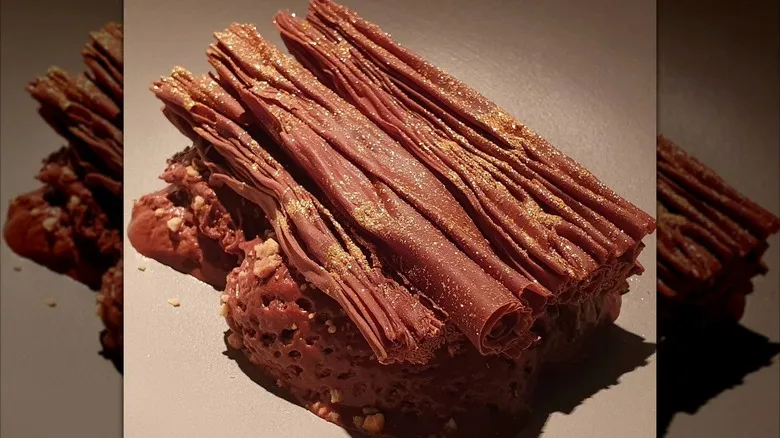
One delightful confection stands out from my childhood: mekupelet. This Israeli treat is crafted by folding ultra-thin layers of chocolate over one another until they form delicate strands that crumble with each bite. My father would often bring them back from his trips to Israel, and I made sure to pick some up during my own visit. It's a unique experience that everyone should try at least once, and if you're fortunate, you might find it at a Middle Eastern grocery store.
I've spotted mekupelet chocolate bars occasionally at our local Lebanese market, but it's not something you can count on finding regularly. However, if you taste it and fall in love, you can purchase individually wrapped mekupelet bars online. Believe me, it's worth it!
5. Baklava

Less specialized than mekupelet but equally delightful, baklava is a renowned Middle Eastern dessert. Composed of layers of phyllo pastry, butter, crushed nuts, lemon, and honey, it comes in numerous variations and is incredibly tasty. Although making it at home isn't particularly difficult, it is quite time-consuming (as someone who has never managed to do it in under three hours, I can attest to that), so it's best to purchase it from a Middle Eastern grocery if possible.
Once you start looking, you'll find an astonishing array of baklava. From rolled versions to layered pastries, funnel cake-like treats to those resembling nests of vermicelli, the creativity is endless. It's a joy to visit a shop where you can sample a wide selection of types, each with different fillings and decorative touches.
6. Dried apricots
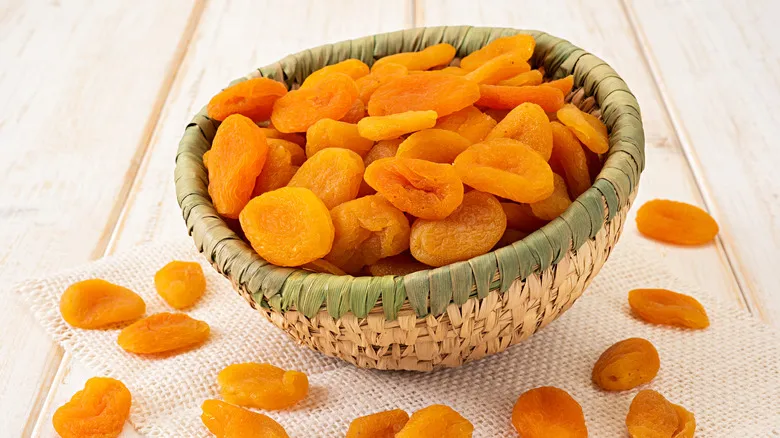
The apricot (Prunus armeniaca) boasts a rich and extensive history in the Middle East. These delightful fruits have been cultivated for millennia and remain just as cherished today as they were in ancient times. This is why a quality Lebanese, Syrian, or Arabic grocery store typically offers incredibly tasty dried apricots. (Just a word of caution: dried apricots can be more potent than prunes when it comes to digestion, so enjoy them wisely.)
If you're looking to explore further, seek out amardine. This golden-orange paste, made from dried apricots, translates to "moon of the faith" in Arabic, which is a compelling reason to give it a try. You can enjoy it on its own, much like the most delicious fruit leather, or use it to create juices and other treats.
7. Za'atar

Za'atar is a quintessential spice blend from the Middle East that every pantry should have. Its distinctive combination of sesame, sumac, and various spices enhances a wide range of dishes. You can often discover the finest and most budget-friendly za'atar at your local Middle Eastern grocery store. This versatile spice mix can be used in numerous ways, including with roasted meats, breads, eggplant, other vegetables, and savory tarts. In short, this unique blend is essential for creating many traditional Middle Eastern dishes.
If you’re struggling to find a za'atar mix you enjoy at a Middle Eastern market, it’s likely that you haven’t explored enough options. However, if you prefer convenience, feel free to purchase one of the many reputable za'atar blends available online.
8. Olives
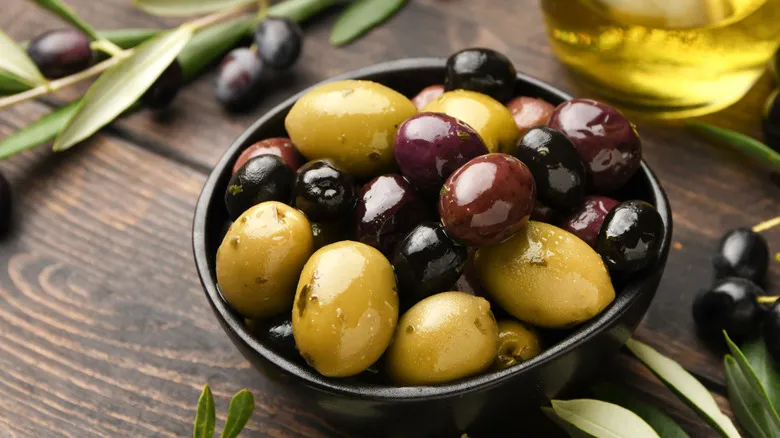
Olives (Olea europaea) held significant importance in the household where I grew up. Kalamata and Greek olives were essential in Middle Eastern cuisine, while black olives frequently graced our Mexican food nights. They are not only tasty but also rich in healthy fats and beneficial for heart health, among other advantages.
While olives are readily available in nearly every grocery store, you'll discover a wider variety of flavors and combinations at a Middle Eastern market. You can even create your own blends and tapenades. For the former, I enjoy purchasing different types of olives and combining them in a bowl for gatherings; just remember to pair oil olives with oil and brined olives with brine to avoid any odd textures.
9. Mint tea
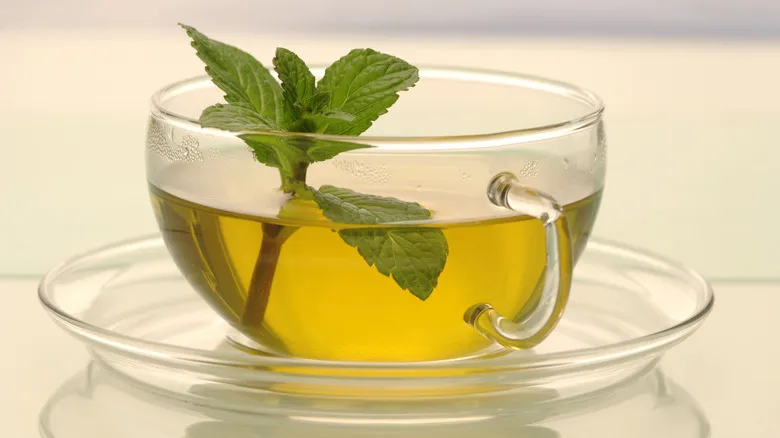
One of my fondest memories is enjoying mint tea in a Bedouin tent, with the desert floor adorned with rugs, vibrant fabric draping above, and camels waiting outside. If you have the chance, you should definitely experience mint tea prepared in this way. If that's not possible, consider purchasing it from the nearest Middle Eastern store, as it's far more flavorful than the typical peppermint tea found at a local grocery.
If you prefer a more convenient option, you can also find delicious and authentic Moroccan green tea online. Stash offers an excellent choice that features the classic blend of mint and green tea, but keep in mind that finding a decaffeinated version may require a bit more effort. It's worth noting that green tea contains about a third to a quarter of the caffeine found in coffee.
10. Pine nuts
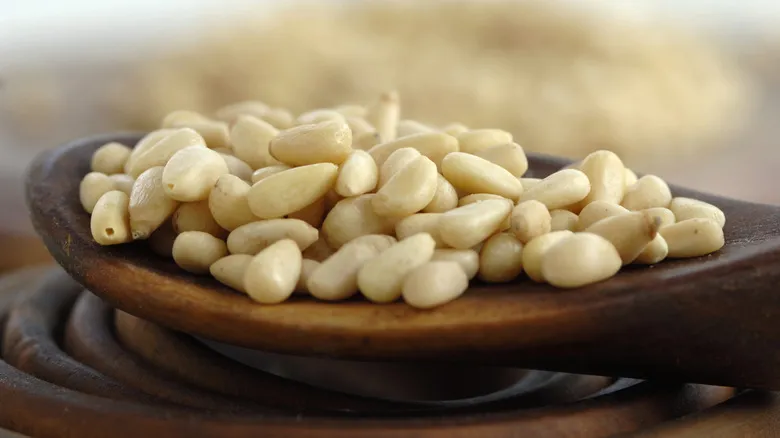
Pine nuts (Pinus pinea) are a fantastic addition to various Middle Eastern dishes, particularly hummus and salads. Often referred to as pignolias, they also play a key role in Mediterranean cuisine, featuring in recipes like pesto and Italian pignoli cookies. However, they can be quite pricey. The silver lining is that you might find better prices on pine nuts (and nuts in general) at Middle Eastern grocery stores compared to regular supermarkets or large chains like Whole Foods.
If you’re unable to locate what you need at a Middle Eastern store, searching for pine nuts online is always an option. In my experience, they usually cost about half as much as they do in grocery stores, although exploring artisanal or import shops might lead you to some great deals.
11. Pita

Everyone is familiar with pita bread, but you haven't truly experienced quality store-bought pita until you've tried it from a Middle Eastern deli. The pita available at regular grocery stores simply can't compare; it's often tougher and lacks the rich, flavorful essence that authentic Middle Eastern breads are known for.
Pita has a history that stretches back hundreds of years in the Mediterranean and Middle East, with flatbreads appearing even earlier in ancient texts like the Bible. It's no wonder, considering its versatility; pita serves as the Middle East's equivalent of a sandwich. You can use it for veggie wraps, falafel and shawarma sandwiches, gyros, and much more. If possible, purchase it from the deli counter to ensure maximum freshness. If that's not an option, choose pita from the bread aisle, but opt for those made by local Middle Eastern bakeries instead of the mainstream brands.
12. Lavash
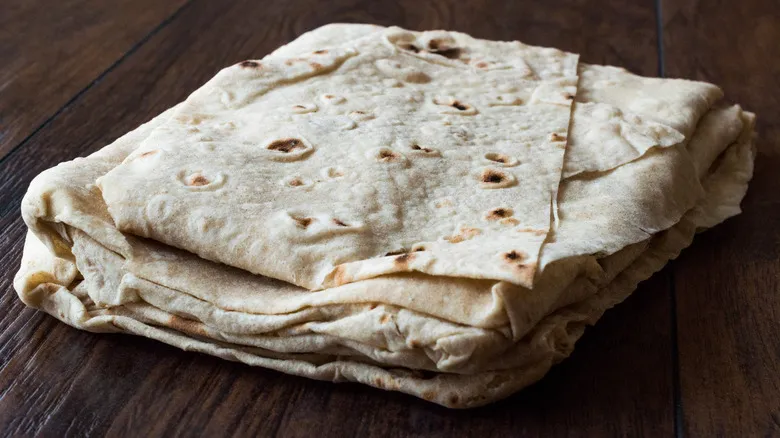
Similar to pita, lavash is larger and rolled out more thinly. It is also leavened with yeast, which gives it a soft and flexible texture, unlike the brittle nature of matzo crackers. Its thinner form makes it perfect for creating pinwheel sandwiches or wrapping meat and vegetables, offering a lower bread-to-filling ratio. Plus, it tastes fantastic.
Making lavash at home is quite simple, as it requires just a few ingredients: yeast, sugar, water, flour, and salt. However, the dough needs time to rise, and rolling it out can be a bit tricky. A more convenient option is to visit the bakery section of your nearest Middle Eastern grocery store, where you can often find it fresh and neatly packaged from local bakeries or restaurants.
13. Dates
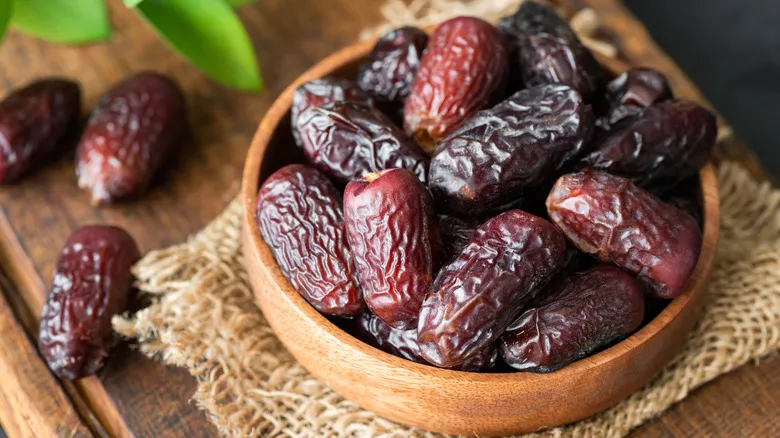
Dates hold immense significance, with their origins in the Middle East dating back to 4,000 B.C., where they were first cultivated. In certain cultures, they were almost worshipped, and today, they are even regarded as sacred trees in Frank Herbert's "Dune." Enjoyed on their own, dates come in various types and serve as a key component in many Middle Eastern and health-conscious desserts.
If you can't find a variety of dates you enjoy at a Middle Eastern market (or even at a regular grocery store, as I often experience), the internet is your best ally. For a delightful eating experience, opt for Medjool dates, known for their soft texture and rich flavor. If you're looking to use them as an ingredient, skip the search and order baking dates online.
14. Coffee
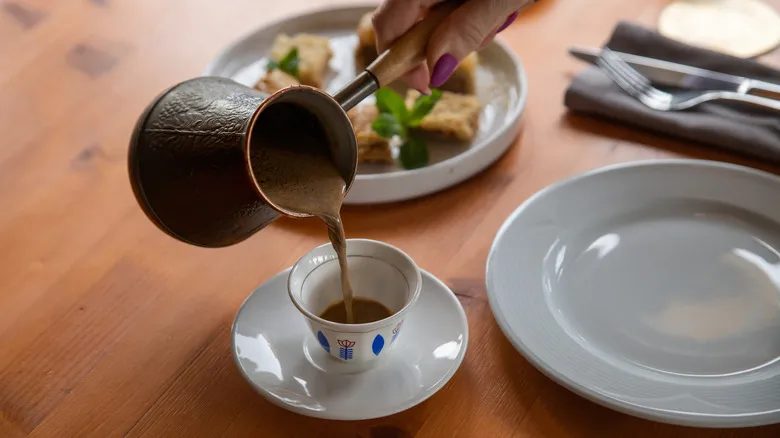
Middle Eastern-style coffee is renowned globally for good reason. It boasts a rich, delightful flavor, an enticing aroma, and is simple to prepare—provided you're ready to set aside your Mr. Coffee and embrace a different method. However, you shouldn't just grab any coffee grounds; instead, visit a Middle Eastern grocery store to find 100% Arabica beans. These beans are less bitter and much smoother compared to the African Robusta beans, which are essential for achieving the deep flavor characteristic of Arabic coffee.
It's true that these beans can be somewhat pricey at Middle Eastern food stores, primarily because they are imported from farther locations (unlike those from Central America, for example). But if you're in the mood for a special indulgence, it's worth purchasing from here. Just be sure to check the country of origin to ensure you're getting the authentic product.
15. Persian cucumbers
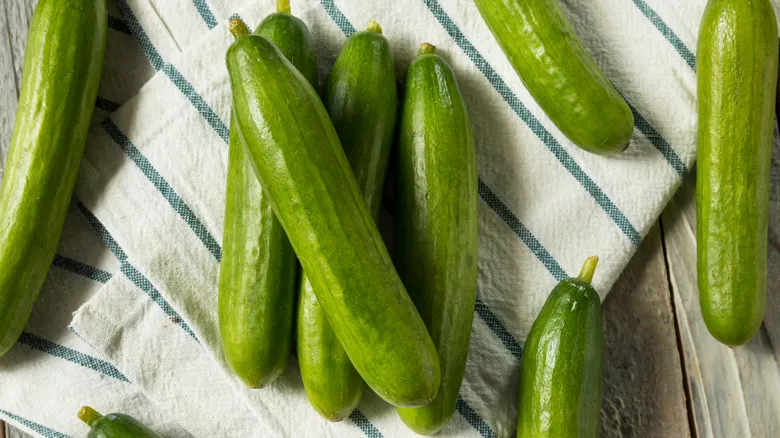
Vegetables haven't featured prominently on this list for a reason: most are more affordable and of better quality at your local grocery store. There, you're more likely to find reasonable prices and locally sourced options. The exception is Persian cucumbers (Cucumis sativus) or cucumbers in general, which come in various types. In my experience, these are consistently superior at Middle Eastern markets, offering a wider selection. Persian cucumbers, in particular, are tender, mild, sweet, and very reasonably priced during the summer when they are plentiful. Say goodbye to the strange plastic-wrapped varieties at your grocery store for good.
However, there's one important note about Persian cucumbers: they spoil more quickly than regular cucumbers. Their delicate skin (which is why you don’t need to peel them) makes them more vulnerable to bacteria and decay. Be sure to avoid any cucumbers that feel slimy, as my family can attest from personal experience that this can lead to serious consequences. I'm still trying to make amends for that. #notworththerisk
16. Sesame seed candy
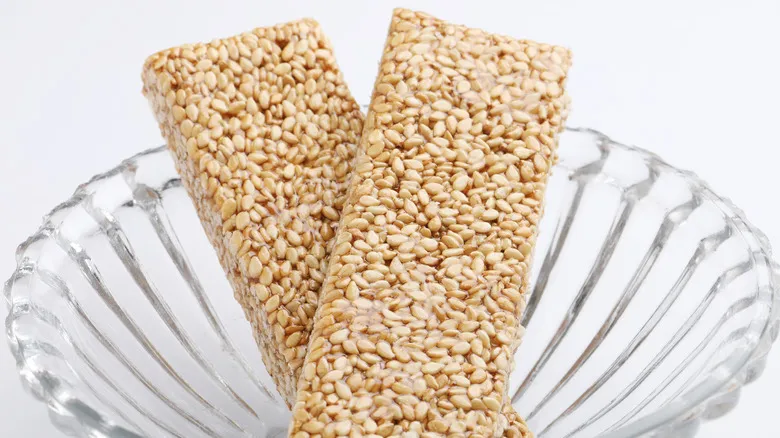
Although sesame seed candy isn't my top choice when I think of Middle Eastern sweets (that title belongs to Mekupelet), it's still quite enjoyable. Essentially, it's a mix of sesame seeds baked in syrup until it hardens, resulting in a satisfying crunch. It makes for a relatively healthy snack that's rich in protein. Unfortunately, it can be a bit expensive at regular retailers. However, at import stores, it's often available at a much lower price. If you're struggling to find quality sesame seed candy, there are numerous delicious honey sesame bars available online.
It's important to distinguish this from halva or halawa. While both are sesame-based, halva is made from tahini or sesame paste and mixed with other ingredients to create a dessert that has a fudgy or nougat-like texture.
17. Olive oil
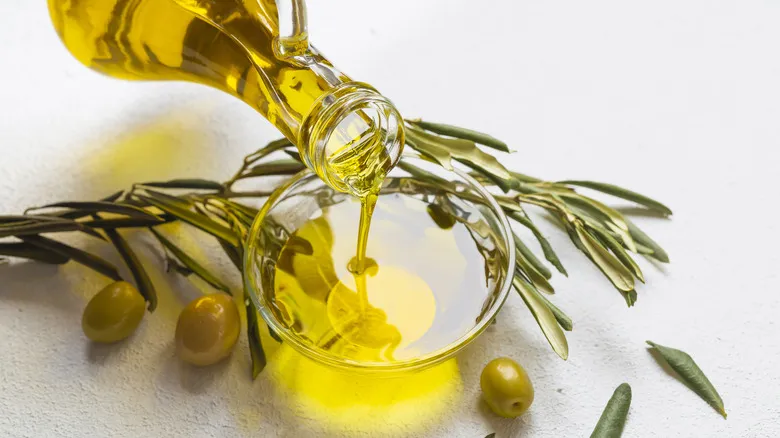
Olive oil is a fundamental ingredient in Middle Eastern cuisine, much like it is throughout the Mediterranean region. It plays a crucial role in a variety of dishes, including tzatziki, tahini, roasted meats, roasted vegetables, breads, and more. You simply cannot prepare authentic Middle Eastern meals at home without high-quality olive oil.
When shopping, always opt for extra virgin olive oil. This type is the least processed, featuring low acidity levels, which contributes to its superior quality and sweetness. Specialty import stores typically offer a wider selection, and while prices may be higher, you can often find great deals if you search carefully. The flavor it adds makes it well worth the investment.
It's also worth mentioning that many Middle Eastern markets stock a diverse range of imported products. For example, our store offers a selection of Italian, Greek, British, and Australian items. Therefore, if you're in search of authentic Italian olive oil, this is a better option than your typical grocery store, which is likely dominated by large American brands.
18. Fruit juice
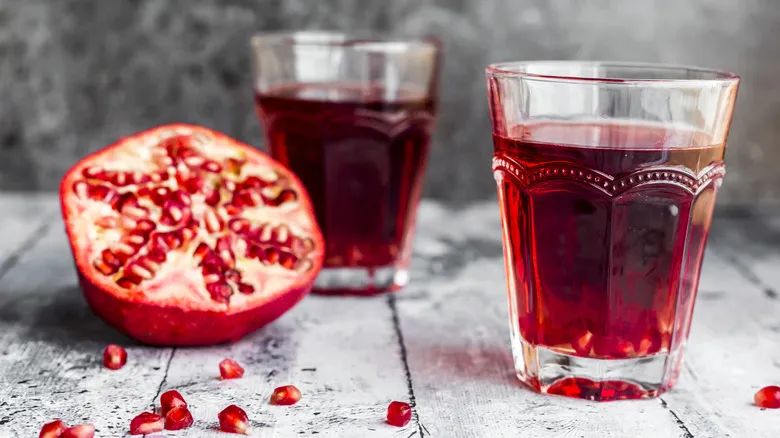
My family has a real passion for fruit juice. While it may not be the healthiest option due to its high simple sugar content, it’s such a delightful indulgence and packed with nutrients. In my view, nothing compares to Looza when it comes to juice. Unfortunately, you can’t find it online; the only places I've spotted Looza in the United States are Middle Eastern markets.
This drink holds a special place in my heart, as my husband and I used to buy it frequently during our travels across Europe many years ago. Since then, I’ve searched every store I visit in hopes of finding it, but to no avail. So, whenever I’m at my local Middle Eastern market (which happens to be Lebanese), I make sure to pick some up. If you find yourself there, I highly recommend you do the same.
If you can’t locate it, don’t worry: there are plenty of other delicious fruit juice and juice-like alternatives. Some great options include tamarind, pomegranate, and ginger juices. You might also want to try a date milkshake!
19. Falafel mix
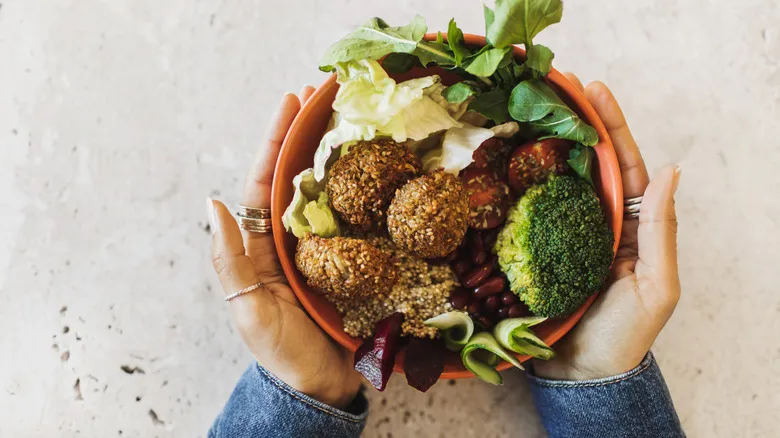
Falafel is a beloved street food throughout the Middle East. It's served hot, crispy, and vegetarian, making it an ideal snack for those looking to reduce their meat intake or simply enjoy it (like me!). However, preparing it can be quite a hassle, involving extensive soaking and grinding of chickpeas, chopping of vegetables, and blending of spices. In my opinion, it's best to just buy the mix.
While many grocery stores offer boxed falafel options, they often don't compare to the variety of imported choices available. If you're a fan of the Egyptian version known as ta'ameya, you can typically find that at an import store as well. This variant is quite similar to the traditional Middle Eastern falafel but is made with ground fava beans instead of chickpeas.
Recommended
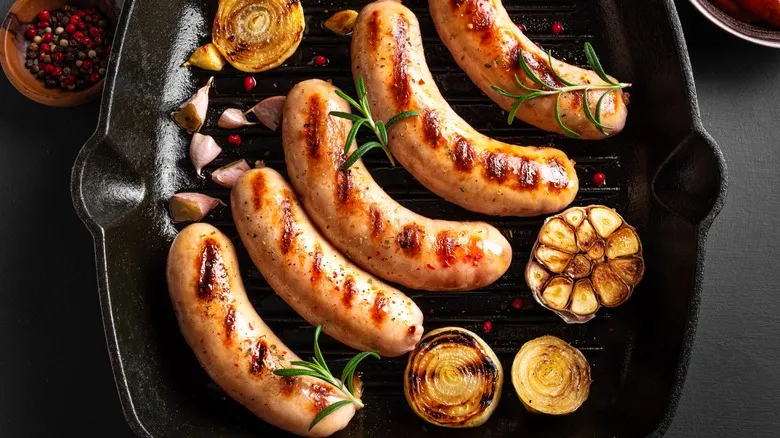
One Of The Worst Sausage Brands We Tried Is Also One Of The Most Popular

Reach For One Canned Ingredient For Quick And Easy Chicken Fries

Here's How To Put A Mexican Spin On A Classic Hamburger

The Umami Addition Your Canned Gravy Needs
Next up

